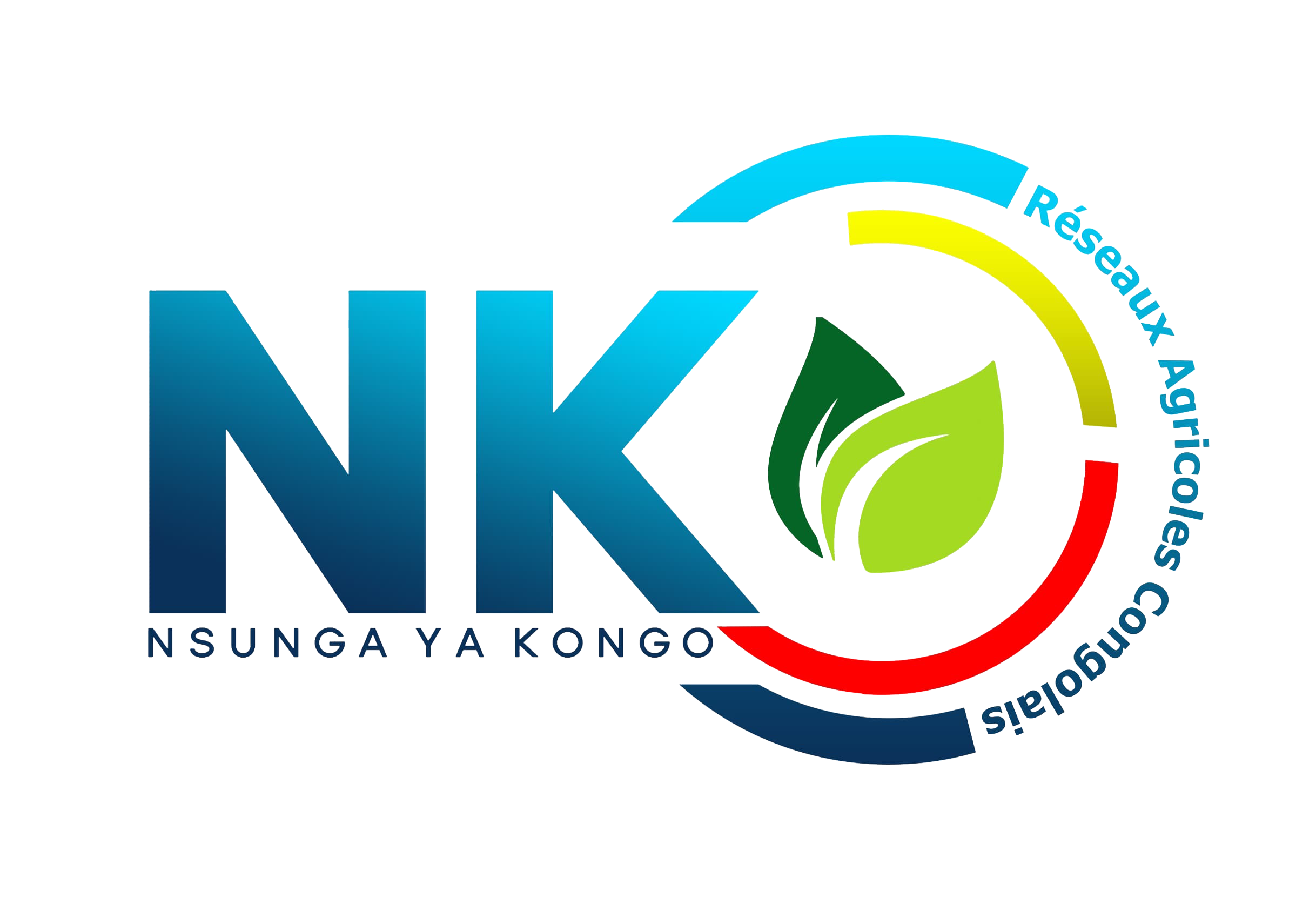Producer Specifications
Agriculture producer specifications refer to the specific requirements, standards, or criteria that agricultural producers must meet to ensure the quality, safety, and compliance of their products with regulatory, market, or customer expectations. These specifications may vary depending on the type of agricultural product, market segment, and industry standards. Here are some common examples of agriculture producer specifications:
Quality specifications define the desired characteristics, attributes, or properties of agricultural products, such as size, color, texture, flavor, and ripeness. Quality standards ensure that products meet consumer expectations for freshness, appearance, and taste. For example, fruits and vegetables may be graded based on size, shape, blemishes, and uniformity.
Safety specifications address food safety concerns and regulatory requirements related to the production, handling, and processing of agricultural products. Compliance with safety regulations helps prevent contamination, foodborne illnesses, and other health risks. Safety standards may include measures for hygiene, sanitation, pest control, chemical residues, microbial contamination, and allergen management.
Certification specifications verify that agricultural products meet specific standards, certifications, or labels established by third-party organizations, industry associations, or government agencies. Certification programs, such as organic certification, fair trade certification, non-GMO certification, and sustainable agriculture certification, provide assurance to consumers regarding product quality, environmental stewardship, and ethical sourcing practices.
Traceability specifications ensure the ability to track and trace agricultural products throughout the supply chain, from farm to fork. Traceability systems record information about the origin, production practices, handling, and distribution of products, enabling rapid response to food safety incidents, recalls, and quality issues. Traceability requirements may include batch numbers, lot codes, labeling, and documentation.
Environmental specifications promote sustainable agriculture practices and environmental stewardship by addressing concerns such as soil conservation, water management, biodiversity preservation, and pesticide use. Compliance with environmental standards helps minimize negative impacts on ecosystems, natural resources, and biodiversity while promoting soil health, water quality, and ecosystem resilience.
Packaging and labeling specifications govern the packaging materials, labeling requirements, and product information for agricultural products. Packaging specifications ensure product protection, preservation, and presentation, while labeling requirements provide consumers with accurate information about product identity, ingredients, nutritional content, and allergens. Labeling may also include certification logos, country of origin, and production dates.
Market specifications reflect the preferences, trends, and demands of target markets, customers, and consumers. Producers may need to adapt their products to meet specific market preferences, such as organic, local, artisanal, specialty, or value-added products. Understanding consumer preferences and market trends helps producers differentiate their products and meet changing demand.
Supply chain specifications address the logistical and operational requirements for transporting, storing, and handling agricultural products within the supply chain. Supply chain standards ensure product integrity, traceability, and compliance with handling procedures, temperature controls, and transportation regulations. Meeting supply chain requirements helps prevent product damage, spoilage, and loss during transit.
Customer specifications may include custom requirements, preferences, or contracts negotiated between agricultural producers and their buyers or clients. Customer-specific specifications may cover product quality, packaging, delivery schedules, pricing, payment terms, and service levels tailored to individual customer needs and preferences.
Compliance specifications outline the regulatory requirements, industry standards, and auditing procedures that agricultural producers must adhere to for regulatory compliance and market access. Compliance standards may be verified through internal audits, third-party inspections, certifications, and regulatory enforcement measures to ensure adherence to established specifications and standards.
Overall, agriculture producer specifications play a crucial role in ensuring the quality, safety, integrity, and marketability of agricultural products. By meeting these specifications, producers can enhance product value, competitiveness, and consumer trust while contributing to food safety, sustainability, and regulatory compliance in the agricultural industry.
